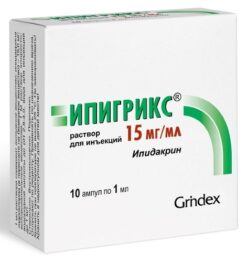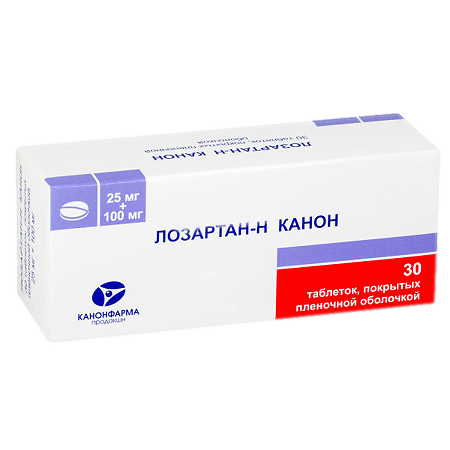-
×


-
×


-
×


-
×


-
×


-
×


-
×


-
×


-
×


Subtotal: €457.92













